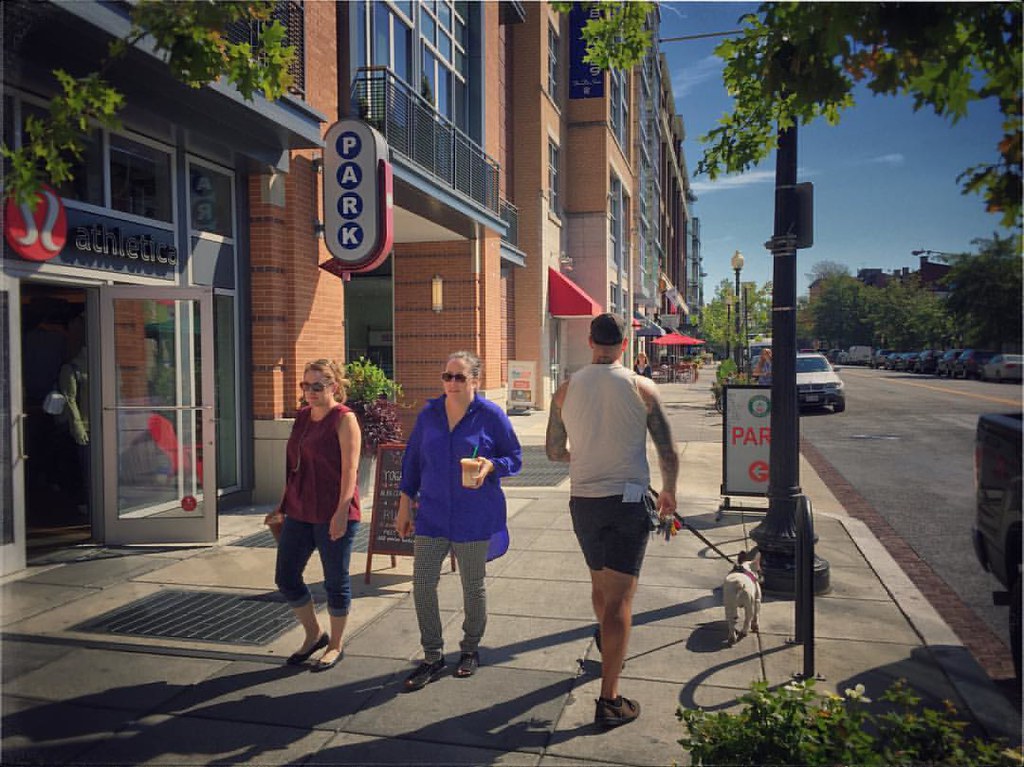
In a series of recent articles, the D.C. press have been throwing cold water on the idea that younger people don't drive as much as their parents. The impetus was a recent study of millennials in the D.C. that found 60 percent still drive to work alone. This is sort of like the "if the earth is warming, how come it's snowing outside?" argument.
David Alpert at Greater Greater Washington says the reporting is missing a crucial figure: 76 percent of the region at large drives to work alone.
Here are some of the other logical fallacies that Alpert spotted in all the press coverage:
The "most millennials don't use Uber" fallacy: Just because something isn't the majority doesn't mean it's not growing. As Ben Freed pointed out [editor's note: no relation] in Washingtonian, "New transportation infrastructure and technologies are redrawing our mental maps of the region, but not overnight." Not many people used Capital Bikeshare in the survey, but it's a lot more than five years ago! Most millennials also still don't use Uber, but nobody questions that it's a fast-growing trend.
The "most millennials don't shop at Wegman's" fallacy: Just because something isn't the majority doesn't mean people don't want it. A lot of people would love to shop at a Wegman's: it's hugely popular. But there aren't many of them, so most people don't shop there. We've spent a century building car infrastructure to every single house, but not transit to even every town, let alone every neighborhood. In many parts of the region, transit is just not an available option. This doesn't make it undesired, just unavailable.
I'd also call this one the "Kotkin fallacy" after writer Joel Kotkin, who regularly argues that people prefer suburbs over walkable urban areas because most people live in them. That ignores the fact that there are few walkable urban neighborhoods compared to the many, many suburban ones (and the walkable urban ones are far more expensive).
As an aside, it's interesting that almost 20 percent of millennials in the D.C. region, including the suburbs, are walking, jogging, or rollerblading to work. And nearly 10 percent are either riding their bikes or using bike-share to get to work.
Elsewhere on the Network today: Brooklyn Spoke critiques the messaging of New York City's Vision Zero effort. And Move Arkansas says the response to pedestrian deaths has to go beyond victim-blaming.





